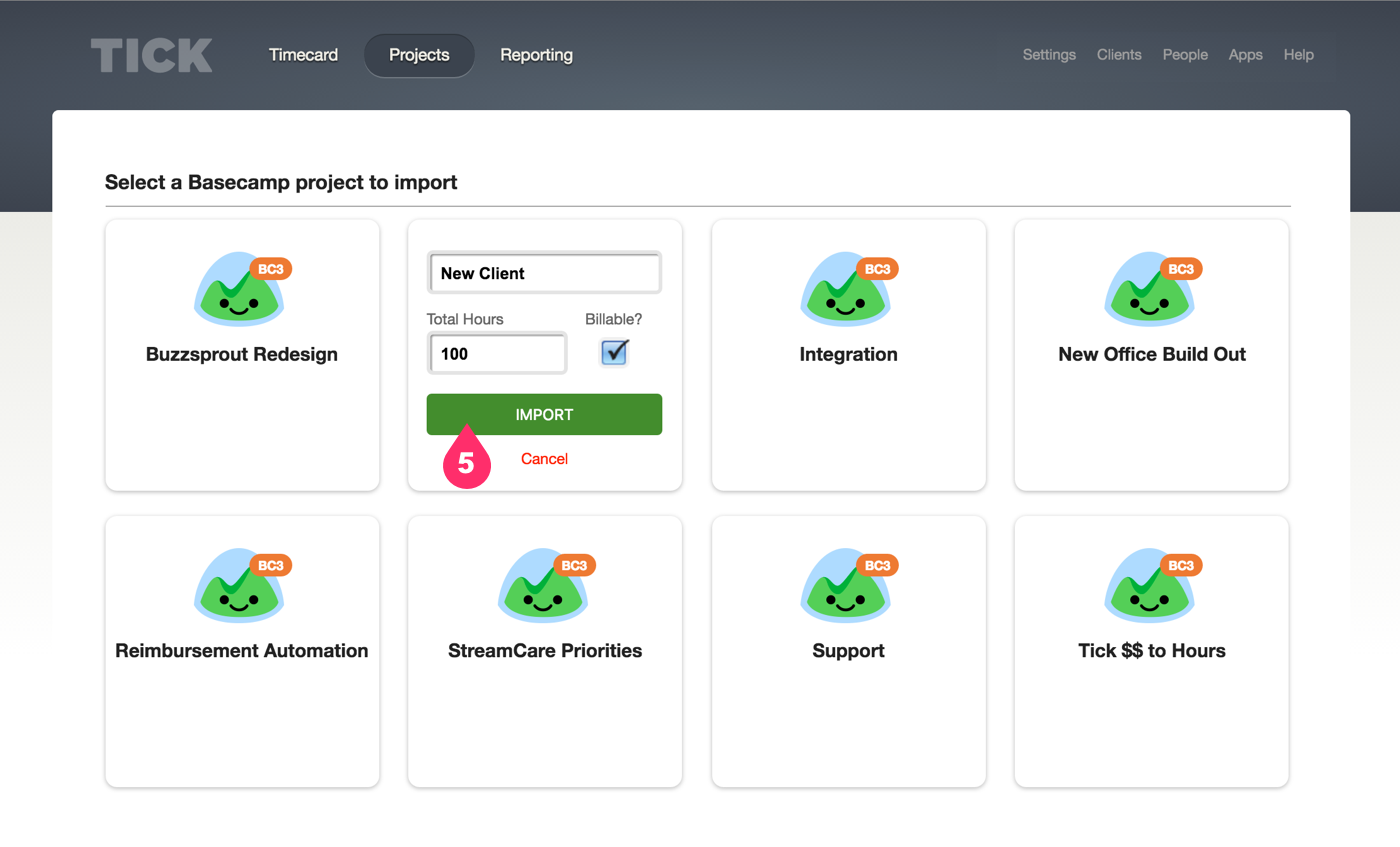
The Slack Field Trip’ app ensures that users never miss a Basecamp post by supporting notification features through Slack. notifies team members and groups, so you can get a particular person’s attention by including their name in a message.
#Basecamp 3 integrations update#
There is also a weekly update email for team owners or admins that shows your usage status. You can change all of these settings and customize them to show (or not) for each team you work with. Slack has desktop notifications that show up for new messages and direct message notifications in the form of those little red circles that show up on an icon. Another helpful feature lets your team forward emails from their inbox into the project, keeping all documents right in one place, and on a comment sends a notification to marked team members. In-app messaging appears in the form of comment strings found in any project card. You can also have all of your personal to-dos show up in your own dashboard. Notifications Basecampīasecamp to-do boards show all tasks, due dates, and assigned users in a single place within your project. Users can even create documents and share them to the message board, so that other team members can view them and provide comments on them in Slack. Each of your staff members securely connect their Basecamp projects and share documents and files with all appropriate individuals. Integrating Basecamp with Slack can allow for easy file sharing through the Field Trip Slack app. Pinned messages live only in the channel where originally pinned, rather than showing as public to the whole group. There are ways around this, including a fairly robust search feature that scans all text and pinning messages, which floats the messages flagged as important to a special pinned list.
Slackįiles shared on Slack can get lost in the run of fast-moving conversations, both in the direct messages and the more populated team channels. Sharing files between individuals or setting user permissions isn’t really in the cards here. A double-edged sword of this configuration is that files are public to the entire team that works on a single project. The Docs & Files location can be segmented into folders, which can then be further organized with color coding and upload notes. Team members click into a project to add all the files associated with that project in a central location.

File sharing Basecampīasecamp approaches file sharing like a repository. Without further ado, let’s get into some of the top features of both and how integrating them can give you a leg up in the day-to-day. You can forward project-specific emails into a project, but you won’t get automatic updates from other tools within Basecamp. You can add or remove documents and trigger actions in other apps like Zapier, but this project management tool is really built to be a repository for your documents. You can connect an RSS feed or webhooks into any of your channels, or you can use an outside app like Zapier to push updates to Slack.īasecamp doesn’t have the same sort of integration capabilities that you’ll find in Slack, but you probably wouldn’t want to connect a whole lot of apps anyway. Teams often use these Slack integrations to notify teammates of bug tracking, product releases, sales and customer needs, and lots of other things. Slack prides itself on having “all your apps in one place,” which gives you access and updates for your connected apps in your message logs, making them searchable.


 0 kommentar(er)
0 kommentar(er)
